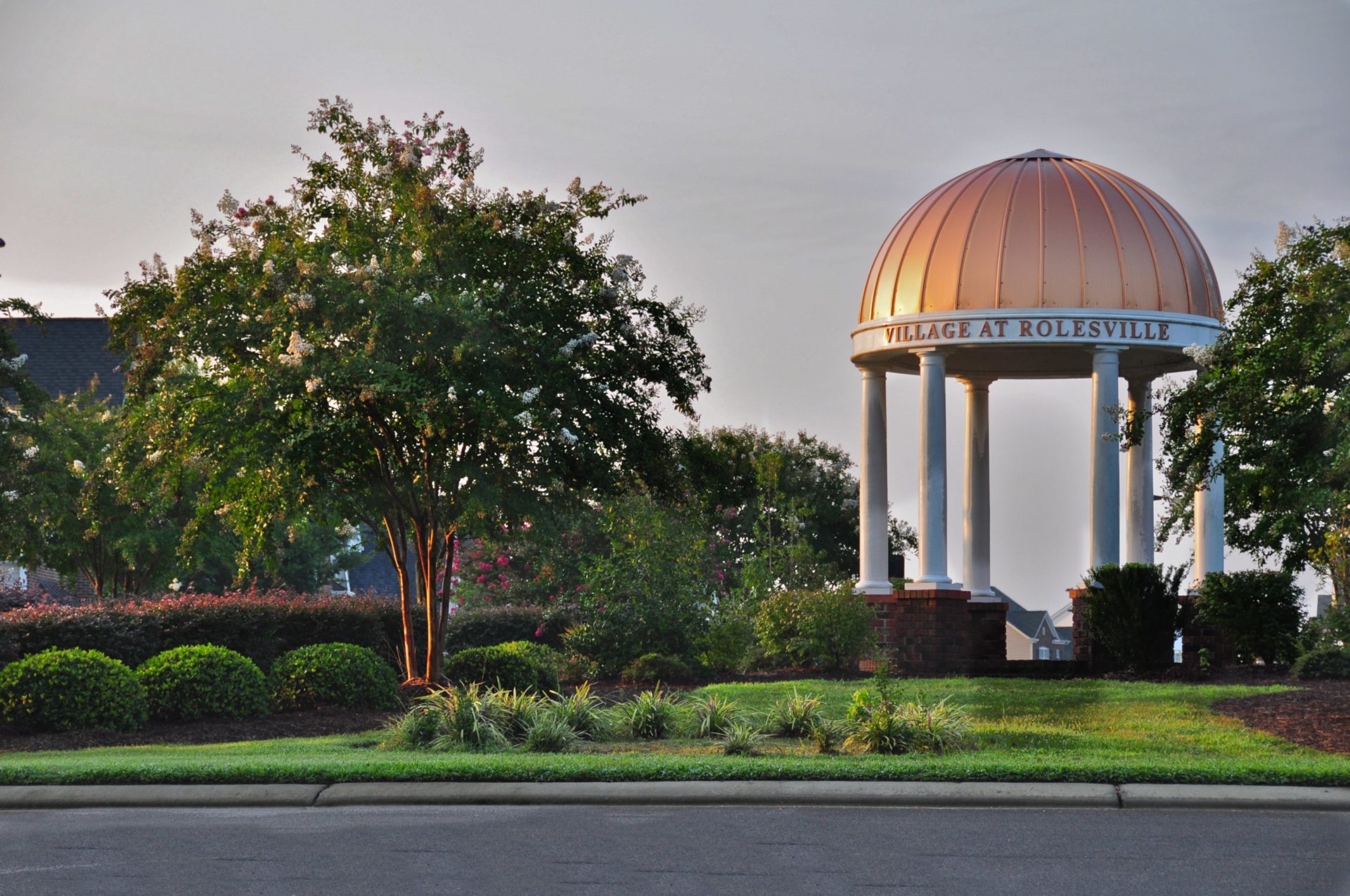Falls Lake Rules – approved by Environmental Management Commission Nov. 18, 2010 Go into temporary effect Jan. 15, 2011 (until approved permanently)
Stage II: (good) Stage II still in and is not halted because of re-modeling; analysis of performance of St I and feasibility of St II is in 2025 – though anyone can come in with new data at any time
(scroll down to read more about rule outcomes)
New Development:
- (worse) 50% on site treatment before going to buying credits (instead of 60% or more)
- (better) 30% for ½ – 1 acre of residential; 30% for ¼ – 1 acre of commercial; and 30% for redevelopment
- (still not good) no LID required; just optional
Existing Development:
- (worse) first 5 years of Stage II only have to do equivalent effort for Stage I (so if, for example it takes a 5% N and 5% P reduction to return to baseline, the goal for the first five years of Stage II will be another 5% N and 5% P reduction, not the 18% P, 10% N reduction that would be required to stay on a glide path to achieve the full reductions by 2036, the end of Stage II. Note that we don’t actually know what reductions will be needed to return to baseline; that will be determined by DWQ by 2013 based on an accounting system currently being developed with recommendations from the Nutrient Sensitive Waters Science Advisory Board.)
- (worse) language change from requiring what is “technologically feasible” to “technologically and economically reasonable” (While the language is worse than the draft rules, it tracks the Jordan rules legislative compromise).
Point Source Pollution:
- (worse) Weakened because no longer requires deadline for plan to upgrade wastewater treatment plants by 2036 (Stage II) if determined can’t technologically meet by 2036; and moved plan submittal date to 2027 (was 2021); in addition, while an intermediate draft required applicants who can’t meet the reduction goal by 2036 to offer an alternative date, the final rule approved by the EMC doesn’t even require that; they just say how much they can achieve by 2036.
Agriculture:
- (worse) removed requirement that P applied through biosolids application on farm land must complied with PLAT (Phosphorus Loss Assessment Tool); instead, must only provide data on application – problem because Durham doing this a lot
- (better) clarified that fence-outs to be used in individual compliance; still overall collective compliance for agric
State and Federal:
- (better) New development of NCDOT must meet buffer requirements, and must same requirements for New D and Existing D as local govts
Credits:
- (good) still must buy credits in Falls watershed and for development in upper lake area must be in upper watershed
Concerns:
- Implementation is slower than necessary, giving 10 years (until 2021) for existing development to reverse increases in loading in the five years since 2006. Not until 2021 do local governments begin working to control the pollution that placed the lake in impairment as of 2006.
- No clear end goal and date for improving wastewater treatment – Leaves open possibility for establishing site-specifics standards for the lake, meaning could assume that upper lake will never be in compliance
- New development rules are missed opportunity to adopt better practices today for future development that will occur in watershed
- Rules likely to only get weakened in the NC General Assembly


